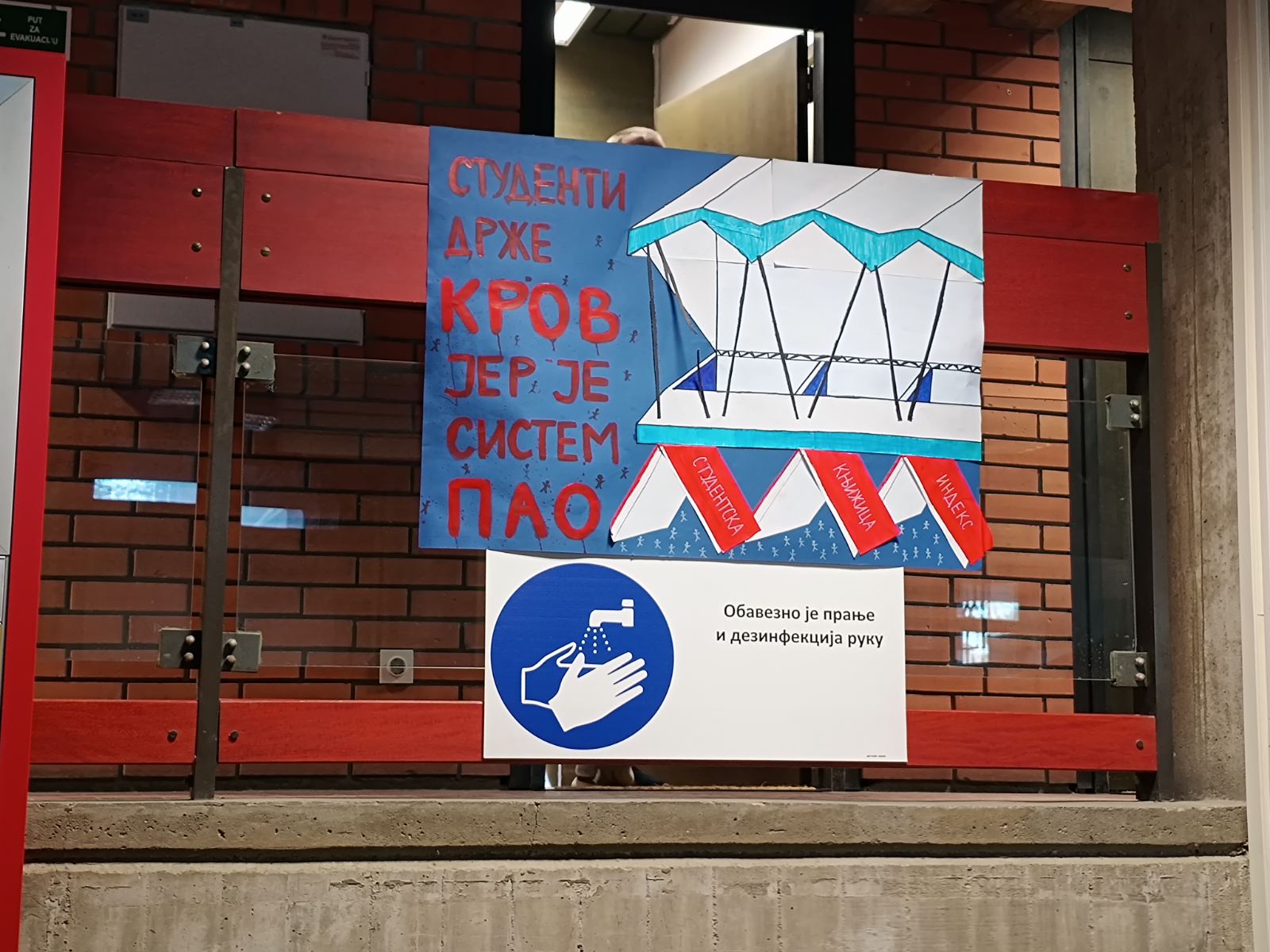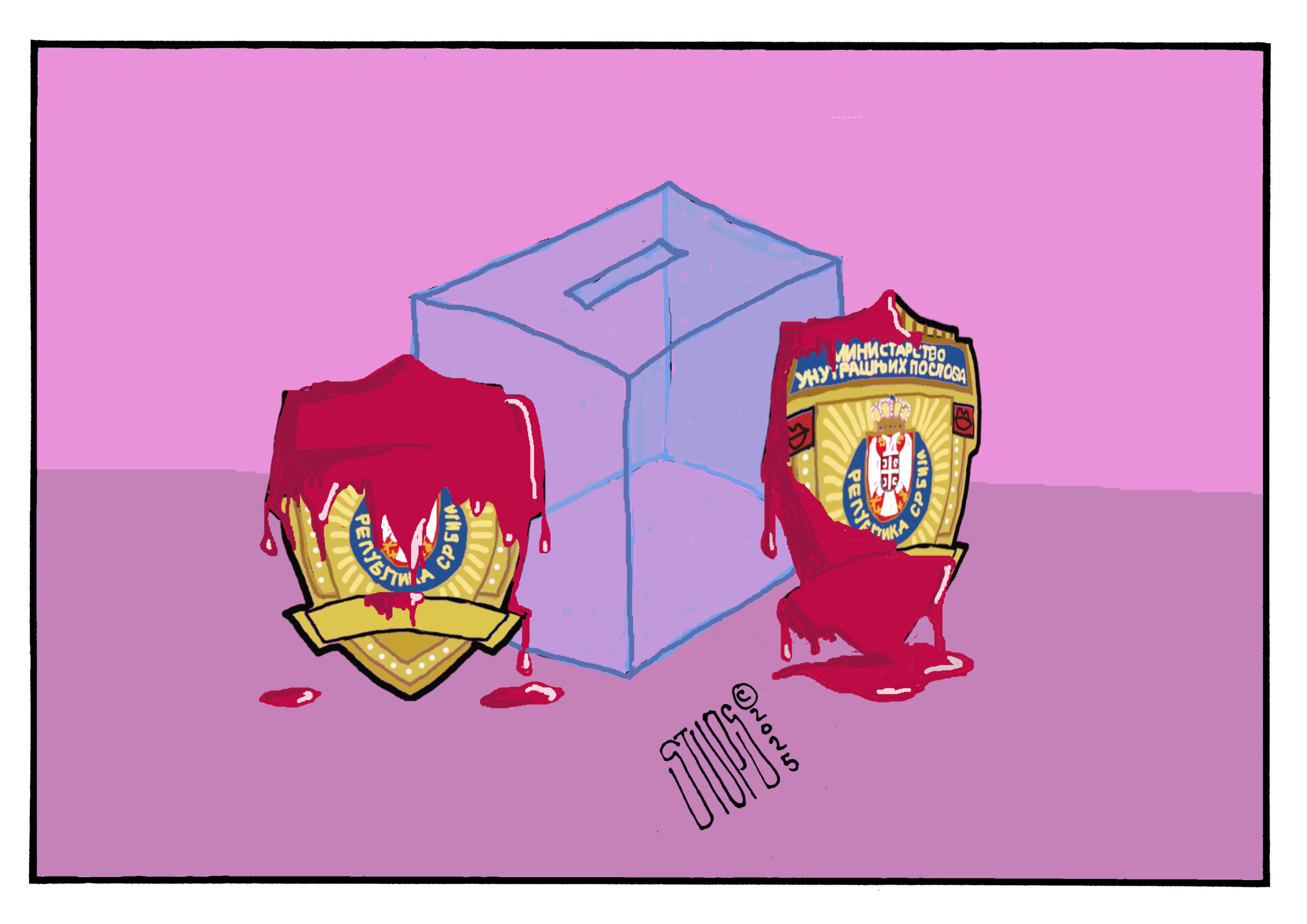During the real autonomy of Vojvodina in the period from 1974 to 1990, when Vojvodina had at its disposal all material assets on the territory of Vojvodina it had recorded its most dynamic growth. These were the years of the most successful development of Vojvodina of all times
The Autonomous Province of Vojvodina was, according to the constitutional system of then Socialist Federative Republic of Yugoslavia, one of eight constitutional and equal members of the Yugoslav Federation. Vojvodina, as the autonomous province within the Republic of Serbia had not enjoyed the full status of the federal unit only because it had no the right of secession. However, as regards usability and management of material assets on its territory it had enjoyed actually the same status as republics had. This means that citizens of Vojvodina, the provincial organs, the provincial funds and public services and organizations administered and managed all natural resources and material assets on the territory of Vojvodina that included public property (which is today’s name for state property), social property, corporative property and the personal property of citizens. As regards the right of management of resources and funds there was no difference between Vojvodina as the province and other constitutional elements of the Yugoslav Federation.
Vojvodina also enjoyed a full fiscal autonomy. This means that republics and provinces from their revenues were obliged to finance the federal budget through federal turnover tax on goods and services and customs revenue. According to then budget system, the planning and development system, part of revenue realized in Vojvodina went to the budget of Federation and the Federal Fund for stimulation of development of under-developed republics and AP Kosovo. After having fulfilled these obligation, Vojvodina had at its disposal net income to be managed by the citizens of Vojvodina, actually through bodies of the autonomous province (AP Vojvodina Assembly, AP Vojvodina Executive Council, the Provincial Administration Bodies) and through certain provincial funds in the self-management interest communities (the old-age and disability welfare, health benefits, education, scientific work and similar).
AUTONOMY AS THE PREREQUISITE OF DEVELOPMENT
Direct beneficiaries and administrators of the public property were economic organizations whose founders were the Province’s bodies and local self-government that executed control in comply with the corresponding federal and provincial laws. Taxes and dues from the citizens and economic organizations were the source of income exclusively intended for needs of republics and provinces. All taxes and dues from the territory of Vojvodina were at disposal of the citizens of Vojvodina through the provincial and municipal bodies and organizations in Vojvodina. The budget of the Republic of Serbia collected taxes and dues exclusively from Serbia proper. Property and fiscal autonomy of republics and provinces were founded on the principle stipulated by the 1974 Constitution of SFRY according which republics and provinces were responsible for their own development and all together for the development of SFRY.
Advocates of centralism and unitarianism in politics, economy and sciences were criticizing the principle of responsibility granted to republics and provinces to plan their own development. They claimed that this principle would lead to the creation of national economies in republics and provinces. Unitarians in Serbia especially disapproved of the property rights and fiscal autonomy of Vojvodina and Kosovo, as two provinces within the Republic of Serbia.
During the real autonomy of Vojvodina, in the period from 1974 to 1990, when Vojvodina managed all material assets on the territory of Vojvodina, the Province had achieved the most dynamic development. These were the years of the most successful development of Vojvodina in its history. Vojvodina then recorded the average growth of about six percent GDP, the growth of industrial production about eight percent and the growth of agricultural production about 2-3 percent annually.
The economic development of Vojvodina was in agreement with the adopted 4-year public development plans passed by the Assembly of AP Vojvodina. Reports on realization of these public plans were submitted to and analyzed by the Assembly of AP Vojvodina. The documents on development from this period illustrate and confirm successful development of Vojvodina when it was autonomous but also the development of personal and social standards of the citizens of Vojvodina. In that period the greatest development was realized in the social sector in Vojvodina, in education, health care and scientific work. Lagging in the development of Vojvodina behind other regions in Yugoslavia was over and the share of Vojvodina in GNP of Yugoslavia was growing.
DYNAMIC DEVELOPMENT INTERRUPTED
The successful investment policy of Vojvodina in the period illustrates numerous new objects in material production, in agriculture, food processing industry, oil production and refining and in other fields. In ten years, from 1974 to 1984, only across the Danube six new bridges were built (at Bezdan, Bogojevo, Bačka Palanka, Novi Sad, Beška and Kovin).
Unfortunately, the dynamic development of Vojvodina was interrupted by clashes on the political scene of Serbia when, in 1987, Slobodan Milošević and the forces that supported him came to power. The campaign of Slobodan Milošević with aim to turn Yugoslavia into Serboslavia began in 1988 via Vojvodina that was in that time, beside Belgrade, the most developed and in both the cultural and civilization aspects the most respectful part of the Republic of Serbia. In 1989, through coerced amendments to the Constitution from 1974, contrary to the Constitution of SFRY, the constitutional coup was carried out in Vojvodina and subsequently formally confirmed by Milošević’s Constitution passed in 1990. Vojvodina lost its legislative, executive and judiciary powers and by that also its right to manage and administer material assets on its territory. By this, the way was opened for collapse not only of economy but the complete structure of Vojvodina.
When at the end of 1995 then autocratic government of the Republic of Serbia began loosing positions, first at the local and regional levels, the centralization of usability and management of material assets was effected. The centralization had the objective to preserve the basic positions of power. Defeat at elections in certain parts at the local level was the first indicator that the autocratic regime of Slobodan Milošević and his satraps began to fall apart.
Contrary even to the 1990 Constitution, by the Law on Ownership of the Means of the Republic of Serbia from 1995, nationalization of all material assets (except the personal property of citizens) was effected for the benefit of the Republic of Serbia. By this Law an unparalleled anti-constitutional nationalization was executed without any recompense for dispossession of property. By this, Serbia became the most centralized country in Europe. The local self-governments and AP Vojvodina remained only with the formal sings but actually deprived of their material basis for development and survival.
Even Milošević’s Constitution from 1990 didn’t foresee the confiscation of property without real compensation. This Law is today an objective obstacle for the process of transition of the Republic of Serbia into a democratic society but at the same time it blocks integration of the Republic of Serbia into the European political and legislative system. Serbia is today the only state in Europe in which territorial autonomy and local self-governments have no property.
Contrary to the Constitution, all communal infrastructure mostly built by voluntary taxes, was declared the state property. According to the legal norms of all civilized democratic states such infrastructure should be the property of citizens being built by their means. By the bureaucratic process this infrastructure has been taken away from citizens and declared the state property of the bureaucratic structure of the Republic of Serbia.
NEW CONSTITUITION – MILOŠEVIĆ’s DESIGN!
The revolt of citizens throughout the Republic of Serbia overthrew the regime of Slobodan Milošević in 2000, but not the main leverages of power of the regime. Therefore even a new Constitution of the Republic of Serbia from 2006 has preserved all essential characteristics of the power characteristic for Milošević’s red-black coalition. By its new Constitution, Serbia is only ostensibly and formally decentralized but the state organization and management of material assets are still centralized and in the hands of authorities of the Republic. Neither new passed laws on organization of the Republic and the local self-governments enable decentralization of decision-making structures and managing the material assets but instead foresee that this should be, allegedly, stipulated by some future regulations, when and if brought.
In spite of illegitimacy and changed constitutional-legal situation the Law on Means in Ownership of the Republic of Serbia from 1995 is still applied in full. In this aspect, contrary to the new Constitution of Serbia, the anti-constitutional situation from Milošević’s period still continues.
By the centralized management of material assets Serbia today also infringes the valid documents of the Council of Europe of which Serbia is full member. The Charter of the Council of Europe on the local self-government, as well as the Recommendation by the Congress of Regional and Local Governments of the Council of Europe foresee for the regional autonomy and local self-government to own property because this makes an integral component of autonomy and self-government.
At the same time, this Law impedes the balanced development of the whole Serbia because due to total centralization today’s republic bodies have neither ability nor capacity for the rational and economical management of the whole property in the ownership of the Republic of Serbia.
As AP Vojvodina is being left without possibility to manage its source of revenues, its property and real estates of regional importance on the territory of Vojvodina, this contributes to further collapse of Vojvodina and its degradation and exploitation. Therefore for all citizens of Vojvodina, as well as for local self-governments throughout Serbia regardless of their political orientation, today’s basic interest is to return their property that had been taken away by means of political force.
WHAT DOES THE VENICE COMMISSION SAY?
Justified discontent of the citizens of Vojvodina with the new Constitution of Serbia has been approved by the Venice Commission as the expert body of the Council of Europe. This Commission criticized the fact that the new Constitution has omitted to define accurately the sources of revenues and also the property of the Province and local self-governments, having left this to voluntary preferences of the political parties when they pass the future laws on sources of revenue and property of Vojvodina and local self-governments. Such critical opinion expressed by the Venice Commission will, apart from other implications, remain the obstacle for integration of Serbia into European economic and political system.
Todor Gajinov (The author is advisor to the President of the Assembly of AP Vojvodina)










 STUPS: Telohranitelji
STUPS: Telohranitelji